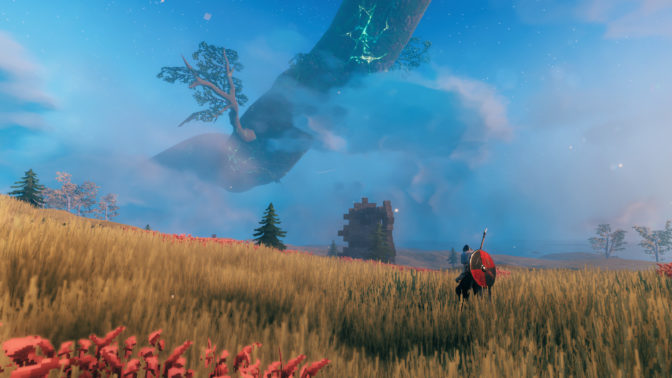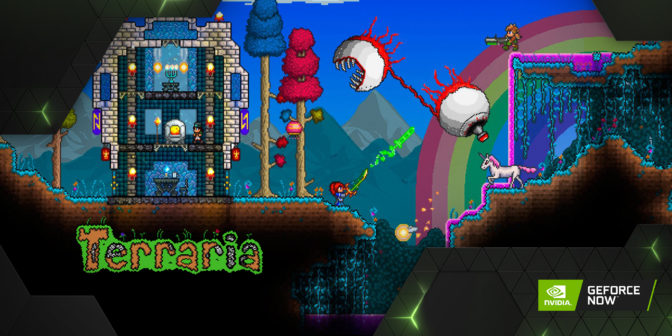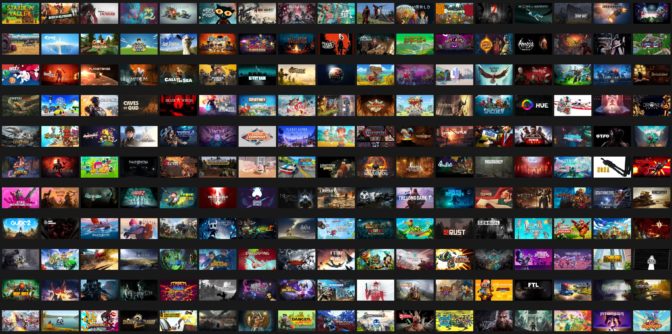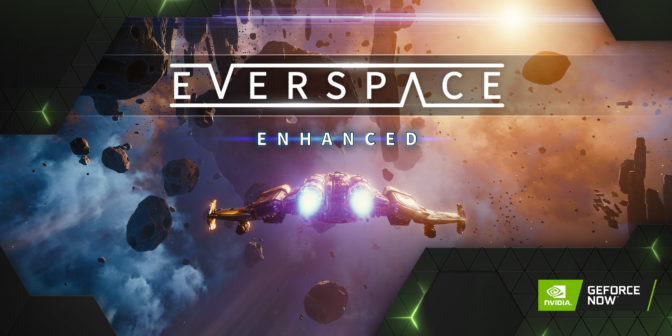It’s hard not to feel your best when your car makes every commute a VIP experience.
This week, Mercedes-Benz launched the redesigned C-Class sedan and C-Class wagon, packed with new features for the next generation of driving. Both models prominently feature the latest MBUX AI cockpit, powered by NVIDIA, delivering an intelligent user interface for daily driving.
The newest MBUX system debuted with the flagship S-Class sedan in September. With the C-Class, the system is now in Mercedes-Benz’ most popular model in the mid-size sedan segment — the automaker has sold 10.5 million C-Class vehicles since it was first introduced and one in every seven Mercedes-Benz sold is a member of that model line.
NVIDIA and Mercedes-Benz have been working together to drive the future of automotive innovation, starting with the first generation MBUX to the upcoming fleet of software-defined vehicles.
This extension of MBUX to such an appealing model is accelerating the adoption of AI into everyday commutes, ushering in a new generation where the car adapts to the driver, not the other way around.
Uncommon Intelligence
With MBUX, the new C-Class sedan and wagon share much of the innovations that have made the S-Class a standout in its segment.
AI cockpits orchestrate crucial safety and convenience features, constantly learning to continuously deliver joy to the customer. Similarly, the MBUX system serves as the central nervous system of the vehicle, intelligently networking all its functions.
“MBUX combines so many features into one intelligent user interface,” said Georges Massing, vice president of Digital Vehicle and Mobility at Mercedes-Benz. “It makes life much easier for our customers.”
The new MBUX system makes the cutting edge in graphics, passenger detection and natural language processing seem effortless. Like in the S-Class, the C-Class system features a driver and media display with crisp graphics that are easily understandable at a glance. The “Hey Mercedes” voice assistant has become even sharper, can activate online services, and continuously improves over time.
MBUX can even recognize biometric identification to ensure the car is always safe and secure. A fingerprint scanner located beneath the central display allows users to quickly and securely access personalized features.
And with over-the-air updates, MBUX ensures the latest technology will always be at the user’s fingertips, long after they leave the dealership.
A Modern Sedan for the Modern World
With AI at the helm, the C-Class embraces modern and forward-looking technology as the industry enters a new era of mobility.
The redesigned vehicle maintains the Mercedes-Benz heritage of unparalleled driving dynamics while incorporating intelligent features such as headlights that automatically adapt to the surrounding environment for optimal visibility.
Both the sedan and wagon variants come with plug-in hybrid options that offer more than 60 miles of electric range for a luxurious driving experience that’s also sustainable.
These features, combined with the only AI cockpit available today, will have C-Class drivers feeling like a million bucks.
The post Feelin’ Like a Million MBUX: AI Cockpit Featured in Popular Mercedes-Benz C-Class appeared first on The Official NVIDIA Blog.


















